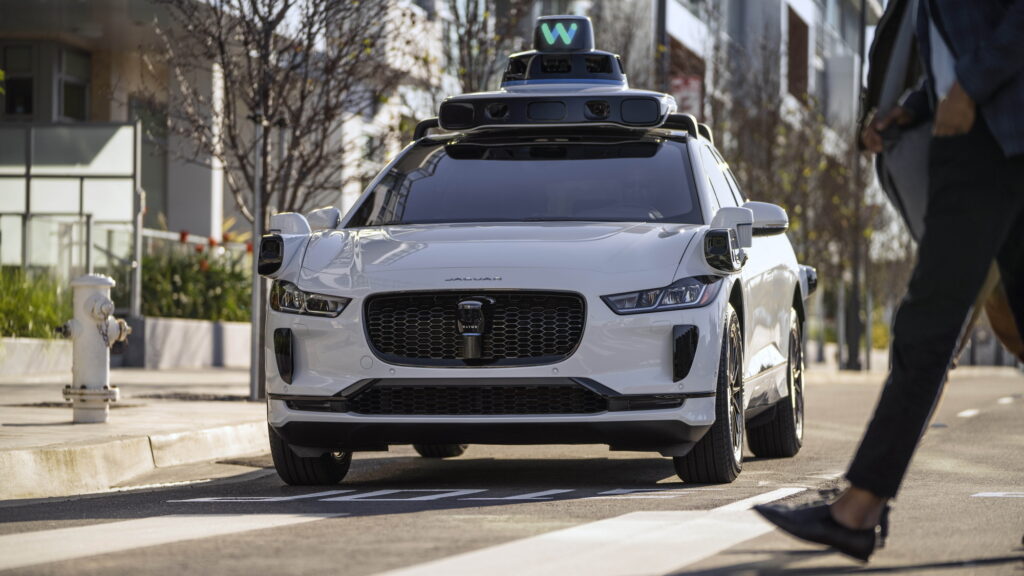AVON, Ohio – Every school day, more than 25 million students across the United States climb aboard a yellow school bus – the safest form of student transportation on the road. According to the American School Bus Council, riding a school bus is about 70 times safer than traveling by car, and no other mode – not planes, trains, or other transit systems – moves more passengers each day.
In support of 2025 National School Bus Safety Week (Oct. 20-24), Bendix Commercial Vehicle Systems LLC (Bendix) shares its ongoing work to help make an already safe form of student transportation even safer – through advanced vehicle technologies, driver and technician training, and close collaboration with manufacturers and school districts across North America.
National School Bus Safety Week is a public education program from the National Association for Pupil Transportation (NAPT) that promotes school bus safety. It occurs annually during the third full week of October.
“Our mission at Bendix is rooted in supporting the people and vehicles responsible for safely transporting students every day,” said Nicole Oreskovic, Bendix vice president of sales and marketing. “That means delivering the technologies that help protect passengers, empowering drivers with tools that support their work behind the wheel, and partnering with school districts and OEMs to keep safety evolving. It’s a responsibility we take seriously – and one that continues to drive innovation across our product portfolio.”
Air Disc Brake Advantage
Encouraging the use of proven vehicle safety technologies is a key part of efforts to enhance student transportation safety – and air disc brakes (ADBs) are increasingly a part of that equation. ADBs provide shorter stopping distances and smoother, more stable stops compared to drum brakes, while virtually eliminating brake fade – a critical advantage in stop-and-go routes and downhill applications.
“School transportation safety managers are recognizing the significant difference air disc brakes make,” said Keith McComsey, Bendix technical sales lead, Wheel-End. “Since we introduced the Bendix ADB22X air disc brake to the school bus market in 2008, adoption has continued to grow, with thousands of new school buses equipped each year.”
Beyond braking performance, ADBs at the wheel-ends help optimize the capabilities of higher-level safety systems. All major North American school bus manufacturers – including Blue Bird Corporation, Navistar’s IC Bus, and Thomas Built Buses – offer the Bendix ADB22X as a factory-installed option.
Driver Assistance Technologies Deliver Added Support
Advanced driver assistance systems (ADAS) are increasingly available on school buses, where they support drivers and enhance safety on the road.
One such technology is the Bendix ESP Electronic Stability Program full-stability system. First introduced two decades ago, Bendix ESP uses sensors and advanced algorithms to help drivers potentially mitigate rollover and loss-of-control situations. It can function across a wide range of road and weather conditions – including dry, snowy, icy, and slippery surfaces – and can apply braking in ways beyond a driver’s capabilities. ESP also serves as the foundation for higher-level driver assistance systems.
Among those systems is Bendix Wingman Advanced – A Collision Mitigation Technology, which pairs radar with the ESP braking system to deliver active cruise control with braking. The system provides both alerts and active brake interventions that can help drivers potentially mitigate rear-end collisions. Another is Bendix Fusion, which “fuses” forward-facing radar, camera, and braking system data into a single platform. Fusion delivers advanced features such as autonomous emergency braking, adaptive cruise control, and lane departure warnings – all designed to support drivers as they respond to changing traffic situations.
“Technologies like full stability and collision mitigation are effective tools that make a real difference on the road,” said TJ Thomas, Bendix director of marketing and customer solutions. “Their importance is reflected in the ongoing advocacy of organizations such as the National Transportation Safety Board (NTSB) and NAPT, both of which support the adoption of these technologies in school bus fleets.”
IC Bus became the first North American school bus manufacturer to offer collision mitigation as a standard feature in 2018, specifying Bendix Wingman Advanced on its CE Series and RE Series and offering Bendix Fusion as an option on the CE Series.
Bendix emphasizes that advanced technologies complement safe driving practices. No commercial vehicle safety technology, including Bendix safety technologies, replaces a skilled, alert driver exercising safe driving techniques and proactive, comprehensive driving training. Responsibility for the safe operation of the vehicle remains with the driver at all times. Never wait for the system to intervene. Every driver should carefully review the operator’s manual and be trained by the fleet or vehicle owner on the proper operation and limitations of the ADAS system during operation.
Parking Smart and Safe
Another innovation enhancing school bus safety and driver convenience is the Bendix Intellipark Electronic Parking Brake. Intellipark helps mitigate rollaway crashes by automatically setting the parking brakes when system interlocks detect the driver may have forgotten to do so.
The system monitors critical inputs – such as foot brake status, accelerator pedal position, and wheel speed – to help determine when the vehicle should be parked. Intellipark replaces the traditional yellow push-pull dash valve with an easy-to-engage electronic switch that maintains the recognizable symbols while improving ergonomics and eliminating the “sting” associated with manual valves. Built-in LED indicators show the system’s status at a glance.
Thomas Built Buses was the first school bus manufacturer to offer Intellipark, beginning in 2021, as standard equipment on the Saf-T-Liner C2 Jouley electric bus and as an option on the Saf-T-Liner C2 with diesel powertrains. Select IC Bus models also offer Intellipark, and additional manufacturers are working to make the technology available.
Training Keeps Safety Advancing
As school bus safety systems grow more sophisticated, keeping drivers and technicians informed and prepared is paramount. Bendix supports fleets and drivers through hands-on demonstrations, continuous education, and a variety of resources designed to sharpen skills and deepen understanding of how these technologies work in real-world conditions.
Resources include the Bendix YouTube channel and the brake-school.com training portal (offering no-charge access to a wide range of technical courses).
“We remain committed to working with OEMs, school districts, and transportation professionals to deliver the technologies, training, and tools needed to keep passengers safe,” Thomas said. “It’s a mission we’re proud to share – and one that students and families across the country rely on.”
An infographic illustrating key safety technologies for school buses accompanies this release.
About Bendix Commercial Vehicle Systems LLC
Bendix Commercial Vehicle Systems, a member of Knorr-Bremse, develops and supplies leading-edge active safety technologies, energy management solutions, and air brake charging and control systems and components under the Bendix brand name for medium- and heavy-duty trucks, tractors, trailers, buses, and other commercial vehicles throughout North America. An industry pioneer, employing more than 3,600 people, Bendix is driven to deliver the best solutions for improved vehicle safety, performance, and overall operating cost. Contact us at 1-800-AIR-BRAKE (1-800-247-2725) or visit bendix.com. Stay connected and informed through Bendix expert podcasts, blog posts, videos, and other resources at knowledge-dock.com. Follow Bendix on X, formerly known as Twitter, at x.com/Bendix_CVS. Log on and learn from the Bendix experts at brake-school.com. And to learn more about career opportunities at Bendix, visit bendix.com/careers.
The post A Safer Road Ahead For School Buses appeared first on School Transportation News.










